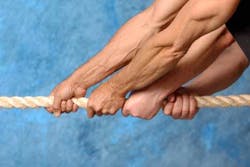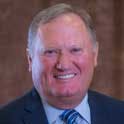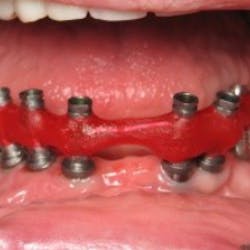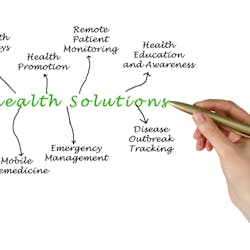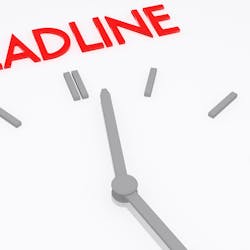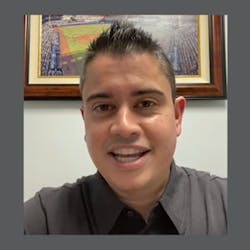ADDITIONAL READING |Case acceptance: mastering the 'Art of Persuasion in Dentistry' by mastering the art of compassion
At the time, I ran a five-operatory office along with a future partner-to-be. Both of us felt that we needed a better way to share our vision of our production goals with our team, and we likened our situation to two owners tied to the front of the imaginary tow line trying to "pull" the other seven team members tied to the same line up the monthly slope to our envisioned peak, or production goal of success. We accurately observed that two of us pulling seven others along, including the resistance of regular distractions, was less likely to allow production success than if seven team members were pulling the two of us doctors.
ADDITIONAL READING |Tips on how to improve your dental treatment consent form: A legal perspective
So, we set out to change the scenery for the team. We evaluated the entire cost of employing our team members and determined that 15.9% of our collected revenues was direct employee expense. It was that low because we both had an unusually high work ethic but were expending enormous energy in the process. We determined that we wanted to have the team see the same goal we saw and stimulate their desire to reach the summit without our coaxing.
We decided to convert their compensation to a fixed percentage of our revenues. To that point, it was 15.9% for the prior 12 months. In exchange for having them accept this idea, we were willing to increase our payroll costs by more than 10% to 17.5% of total revenues so that if nothing changed at all, they would receive an automatic increase in pay. But this also came with the caveat that if revenues fell to zero, then 17.5% of zero is zero. Extreme, right? We fully expected some turnover as we removed their safety net but were determined that this plan would get people focused on the same goals that the owners were focused on. No turnover resulted, but everyone knew that less or more was directly related to how we all did.
There was a lot of fear and concern as the first month played out, but with everyone's attention on the correct goal now, in that next full month the office produced 20% more than it had ever done before, and no one was exhausted as a result. The team members not only received the automatic 10% increase, but also the additional 20% from the increased revenues. Yes, they were happy campers, and they had personally experienced a measure of self-fulfillment, which was very motivating!
This story took place in 1987, and the system is still in effect today. The team immediately began to forget about themselves and took on the mentality of ownership of the practice, which in effect is accurate as they each have a certain percentage ownership of the revenues. We found that when the owner-mentality, or nonemployee mentality is stimulated, great things can happen, and many of our headaches of practice ownership diminished. We also found that the increased revenues resulted in well above average income for our staff, but also much healthier income for the doctors. Turnover also is very low. It is a true win-win!
As long as the summit is in view — and the impact of each team member can be felt by the others — and the owners don't begrudge compensating their team members at a high level … this all works very well.
Today, Pioneer Valley Dental has grown to a staff of 30-plus members, keeping 16 operatories busy. Four general dentists have been added and, with the growth, the dynamics change. It becomes easier for one team member among 30 to become insignificant to the attainment of the entire office production goal. As each staff is a member of a doctor's team, it behooves us to establish team goals that are more directly influenced by each team member. We want each team to succeed with the result that the entire office succeeds, thus creating a system where 50% of a team member's pay results from the team performance and 50% of pay comes from the entire office performance.
One of the great leadership principles states: "The things that get rewarded and appreciated get done."
It has been an evolution without end, but the take-away message from my experience emphasizes the importance of identifying the correct goal or summit for each and every team member and implementing strategies to define the reward and empower the entire team to "tow your line."

